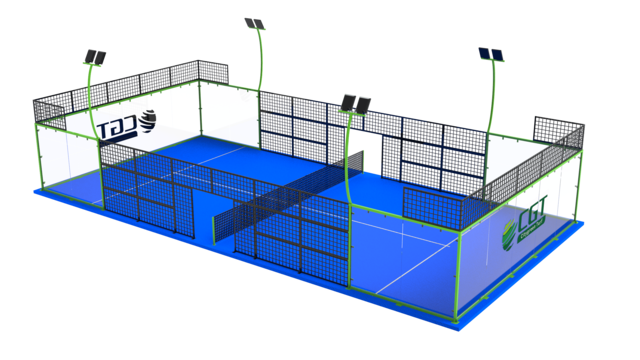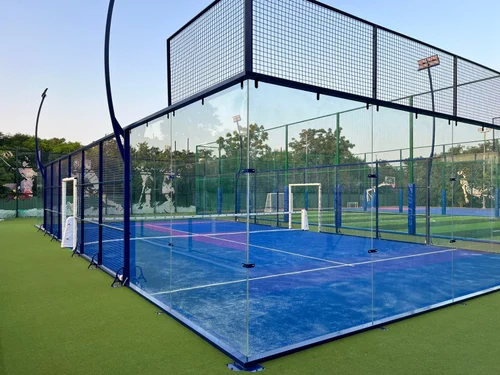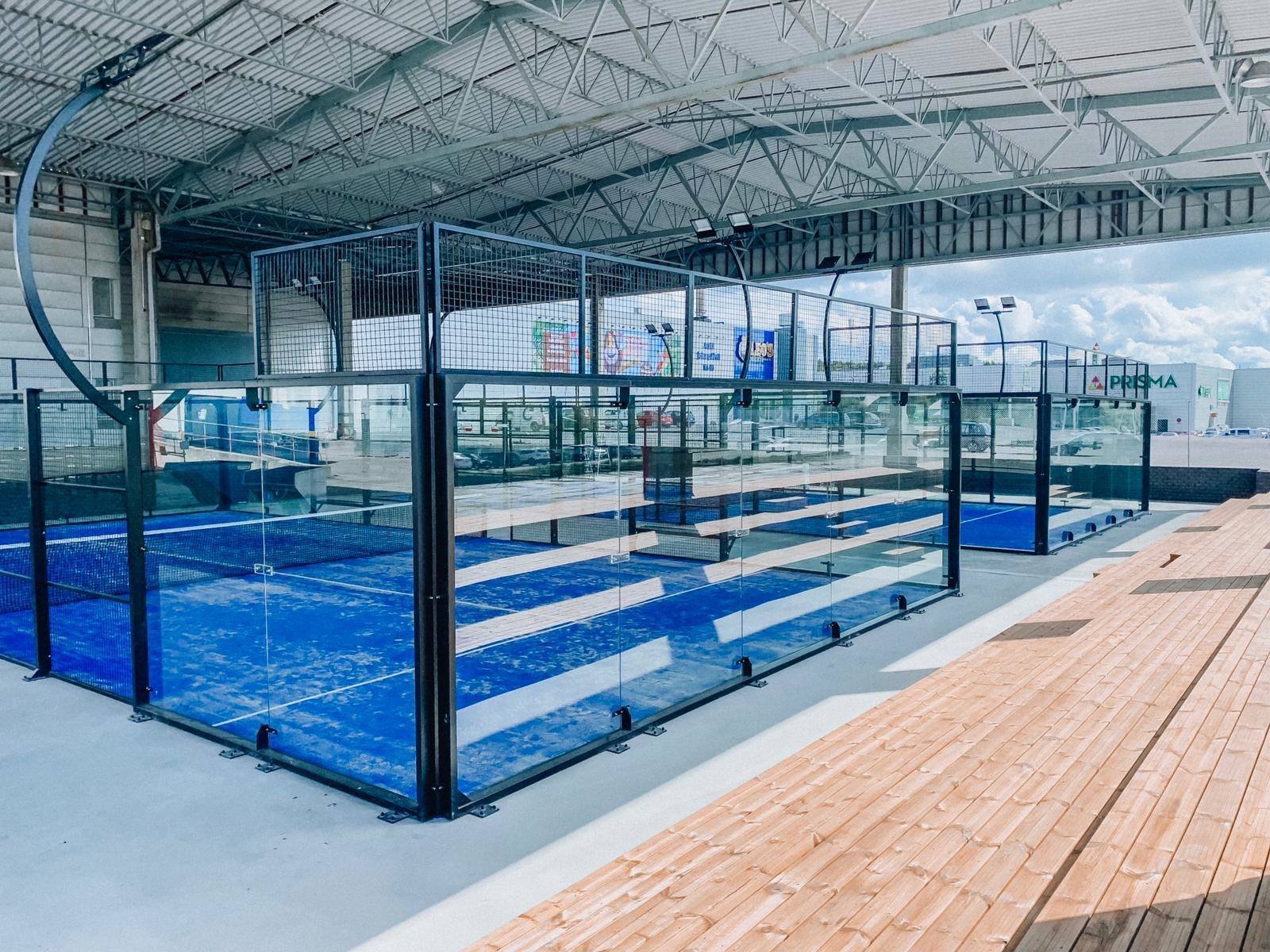Padel Gains Official Recognition Across Continents
Padel is entering a new phase of global recognition, now officially included in major multi-sport events across several continents. The latest milestone came as the Olympic Council of Asia (OCA) formally recognized the International Padel Federation (FIP) and Padel Asia—confirming that padel will be included as an official competition sport in future editions of the Asian Games. The unanimous approval by the OCA Executive Board not only elevates padel's status within Asia's multi-sport ecosystem but also reinforces its strategic alignment with the continent's expanding sports governance framework.
This development follows a series of global advancements. In recent years, padel has already been added to the 2023 European Games, the 2022 South American Games, and the upcoming 2026 Mediterranean Games, underscoring its fast-growing relevance in global sport. The timing also coincides with a pivotal moment for the Olympic movement, as the IOC prepares to determine the initial sports program for the Brisbane 2032 Olympic Games in 2026.
Across Asia, the sport has been especially significant. The sport is now played in 30+ countries, with 1,700+ clubs and 4,600+ courts across the region. Padel Asia—formed as the continental body representing all FIP-affiliated national associations—has strengthened regional governance and accelerated development efforts. Asia has also hosted numerous high-level tournaments, including the FIP Asia Padel Cup, multiple FIP World Championships in Doha (2021, 2024) and Dubai (2022), as well as a packed 2024 calendar featuring 24 Cupra FIP Tour events, 3 Premier Padel events, and 8 FIP Promises youth competitions.
With nearly 100 national federations, over 35 million players, and 80,000+ courts worldwide, FIP's growing global presence reflects padel's transformation into one of the world's most dynamic and rapidly expanding racket sports. The sport's continental recognitions now form a unified signal: Padel has moved decisively into the mainstream of international competition.
Global Padel Expansion: A Sport Growing Faster Than Ever
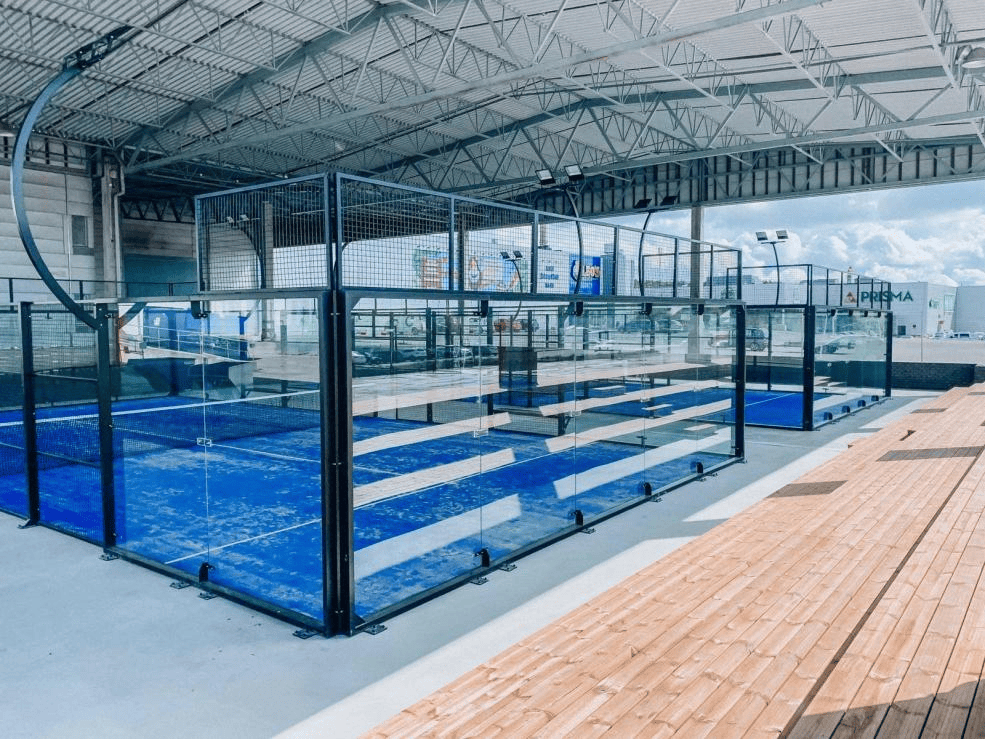
Modern padel courts, reflecting increasing demand and interest worldwide
Padel's worldwide rise is accelerating, supported by surging public interest, rapid infrastructure development, and expanding regional adoption. Google Trends data shows that global searches for "padel" have continued climbing steadily since 2016, reflecting a sharp increase in awareness and curiosity. Source(s): Google Trends, Strategy & analysis
In 2024 alone, 3,282 new padel clubs opened—around 9 per day—representing a 26% year-on-year growth, while over 7,000 new courts were added, pushing the global total to 50,017 courts. This marks a fivefold expansion since 2016 and indicates that padel has now stabilized along a sustainable pre-COVID growth trajectory. Source(s): Court manufacturers; Padel lands; Strategy & analysis

Regionally, new markets are gaining significant momentum. Southern Europe remains strong with high participation and occupancy, while growth in developed regions is moderating due to increased competition from alternative sports. Asia, still in early development, presents one of the strongest long-term opportunities, and Latin America continues progressing, led by Mexico, with Brazil advancing more gradually. Source(s): Court manufacturers; Padel lands; Strategy & analysis
Despite the global rise, growth curves differ across countries: some markets accelerate quickly due to strong investment and infrastructure, while others expand more gradually due to regulatory or operational constraints. The US is expected to scale more exponentially, whereas countries like the UK anticipate steadier, slower growth. Source(s): News Reports, Strategy & analysis
Overall, the trajectory is clear—padel is expanding globally at a pace unmatched by most other modern sports, fueled by accessibility, social appeal, and strong investor confidence.
Indonesia: Asia's Leading Padel Hotspot
Indonesia has rapidly emerged as APAC's most active and fast-growing padel market, with Jakarta alone hosting 50+ clubs—still far below the demand of a metropolitan area of more than 25 million people. Bali and other expat-heavy regions also host a growing number of courts, reflecting strong interest from both international communities and an increasing local player base.
Early adoption was largely driven by expats, whose participation and international exhibition matches helped introduce the sport to Indonesian audiences. As the sport gained traction, local clubs began collaborating to grow the community, expand awareness, and bring padel into new districts. Multi-site operators have become especially influential, replicating successful club models across multiple locations to meet the rising demand.
Booking challenges remain one of the clearest markers of padel's popularity in Indonesia. Courts fill quickly—often weeks or even months in advance—driven by strong demand for coaching academies, social-play sessions, and organized competitions. As padel continues expanding into neighboring markets such as Thailand, Singapore, Malaysia, and the Philippines, Indonesia remains the region's anchor for long-term growth.
Source(s): Playtomic, News Reports, Strategy & analysis
India: Corporate Uptake, Celebrity Influence & Growing Tournament Exposure
Padel is steadily expanding across India, driven by corporate wellness programs and premium members-only clubs that are now embracing it as a modern alternative to traditional racket sports. Although infrastructure costs remain relatively high and nationwide acceleration may take time, the sport is spreading beyond major cities into smaller towns.
High-visibility events are playing a major role. Official FIP tournaments—such as the India Padel Open, where Spanish pairs claimed both titles—have attracted strong media attention and helped establish padel's competitive presence in the country. Celebrity involvement from Bollywood actors, cricketers, and tennis champions further amplifies public awareness.
Despite only around 5% of India's population being classified as affluent, this still represents over 60 million potential players—a population comparable to entire countries where padel is already booming. This demographic strength positions India as one of Asia's most promising long-term markets for padel development. Source(s): News Reports, Strategy & analysis
Middle East: Indoor-First Growth With Distinct Market Patterns
1. Club Openings & Consolidation
Across the Middle East, club expansion varies sharply by country. Qatar maintains very limited club openings due to government restrictions that cap the number of facilities. The UAE shows strong consolidation, with only large indoor operators continuing to expand while smaller outdoor clubs shut down amid market saturation. Saudi Arabia, meanwhile, is in a rapid expansion phase supported by government sports incentives, with new large-scale complexes opening faster than in any other market, though consolidation is still emerging.
2. Maturity Stage
The maturity level also differs significantly. Qatar represents a small but highly mature market where growth is capped and clubs differentiate primarily through premium service standards. The UAE sits at the highest maturity level in the region—fully developed, saturated, and dominated by established operators. Saudi Arabia, in contrast, remains in its “golden growth” phase, marked by strong demand, accelerating infrastructure development, and substantial room for further expansion.
Source(s): Playtomic, News Reports, Strategy & analysis
What These Trends Mean for Facility Investors & Operators
The rising popularity of padel in Asia, combined with its strong Olympic ambitions and growing international recognition, signals a timely opportunity for facility investors. Countries experiencing the fastest growth—such as Indonesia, India, and Saudi Arabia—represent particularly promising markets for new court development. Investors entering these regions can capture demand from both recreational players and emerging competitive circuits, as the sport continues to gain momentum and the need for high-quality courts expands rapidly.
Source(s): Olympic Charter, News Reports, Strategy & analysis
Future success for padel facilities depends on several key factors: high-quality, durable, and safe playing surfaces; thoughtfully designed court layouts; and a business model that combines flexible memberships, coaching, tournaments, and community engagement. Offering professional-grade facilities ensures player satisfaction, repeat visits, and long-term profitability.
By choosing advanced, reliable court solutions, premium court systems are key to success. We offer professional, turnkey padel facilities, combining high-quality courts with design, installation, and ongoing support services to ensure a safe and enjoyable playing experience.

CGT's Padel Court in Dubai
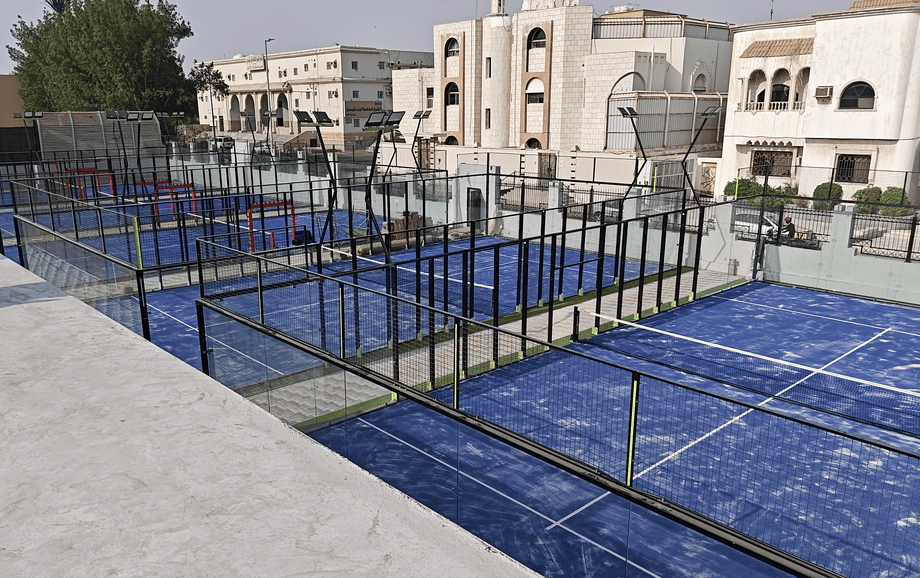
CGT's Padel Court in Saudi Arabia
Conclusion: Asia's Padel Surge Is Just Beginning
With padel entering the Asian Games and gaining increasing visibility in global sports platforms, the sport has reached a defining moment in its development. Asia's diverse markets—from Indonesia and Thailand to India and the Middle East—are now driving some of the fastest and most exciting growth.
As participation continues to rise, and as more investors, developers, and clubs enter the space, the next decade is set to establish Asia as one of the strongest pillars of the global padel ecosystem.
Ready to Build a Padel Facility? Whether you're planning a commercial padel club, a sports complex, or an academy, CityGreen Sports provides professional guidance and turnkey solutions for padel court construction.
Contact us today for technical specifications, pricing, and customized project planning.



